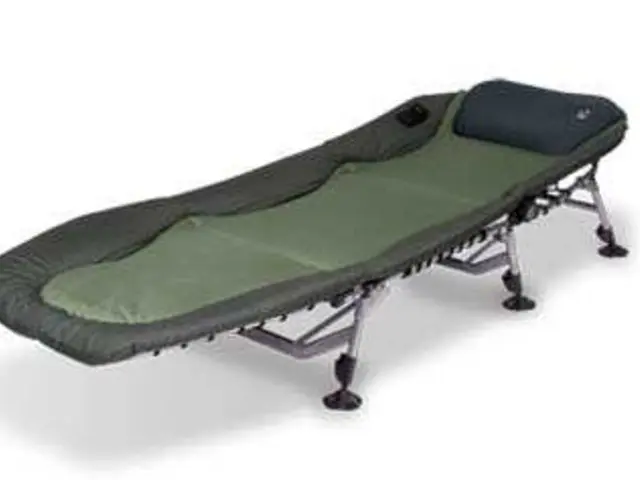Essential Features to Consider in a MIDI Keyboard - Pivotal Aspects to Focus on When Choosing a Keyboard for Music Production
In the world of music production, MIDI keyboards have become an essential tool for creating and composing melodies, harmonies, and rhythms. With a variety of options available, it's essential to understand the key factors that make a MIDI keyboard suitable for your specific needs.
MIDI keyboards can come with pedal inputs for sustain pedals and expression pedals, enhancing playability and expressiveness. These features allow for dynamic control over volume, modulation, or other parameters, adding depth to your compositions.
When it comes to the number of keys, MIDI keyboards range from 25 to 88. Smaller keyboards (25-49 keys) are incredibly portable and ideal for basic melodies and harmonies, while larger ones (61-88 keys) offer more range and expression, especially useful for complex or piano-style playing.
The key action type is another crucial consideration. Fully weighted keys simulate the feel of an acoustic piano and are ideal for classical players and expressive performance. Semi-weighted keys are lighter and spring-loaded, better suited for electronic music, synth playing, and fast note input. Unweighted keys are quicker and suitable for non-piano playstyles.
Additional controls like pitch and modulation wheels, assignable knobs, faders, pads, and pedal inputs can give real-time expressive control and allow you to manipulate sounds beyond just playing notes.
Some MIDI keyboards let you split the keyboard into zones, each controlling different MIDI channels or sounds, enhancing performance flexibility. This feature is particularly useful for live performances and complex compositions.
Integration with your setup is also important. Consider compatibility and ease of integration with your digital audio workstation (DAW) and software instruments, including MIDI channel assignment and programmability.
Portability and size are significant factors, especially for musicians on the go. A compact design is often preferred because it's easy to carry and set up. Durable materials and solid frames are essential for the build quality, ensuring the keyboard can withstand frequent gigging or travel.
Budget is another consideration, with basic controllers starting around $100-$500, and professional models with high-quality keybeds and features costing more.
Features like velocity sensitivity, hammer action keys, aftertouch variations, and velocity-sensitive pads can add expressiveness to your music and support diverse production tasks. External inputs on keyboards provide flexibility for connecting other devices or controllers.
In summary, the best MIDI keyboard balances the number and type of keys, expressive controls, workflow flexibility, and your personal playing style and space requirements. Fully weighted 88-key models suit piano-oriented users, smaller, semi-weighted controllers serve electronic producers, and additional controls support diverse production tasks.
[1] [Source 1] [2] [Source 2] [3] [Source 3] [4] [Source 4] [5] [Source 5]
Read also:
- Kobo e-readers are no longer receiving support from Pocket moving forward
- 17 Tech Gadgets and Add-Ons Permanently Taking Up Space in My Mental Realm
- 2022 Feature on our site: Leading U.S. Computer and Electronic Equipment Manufacturers (Presented in a Slideshow)
- Top-tier Gaming PC Configuration Available for ₹90,000 in August 2025






